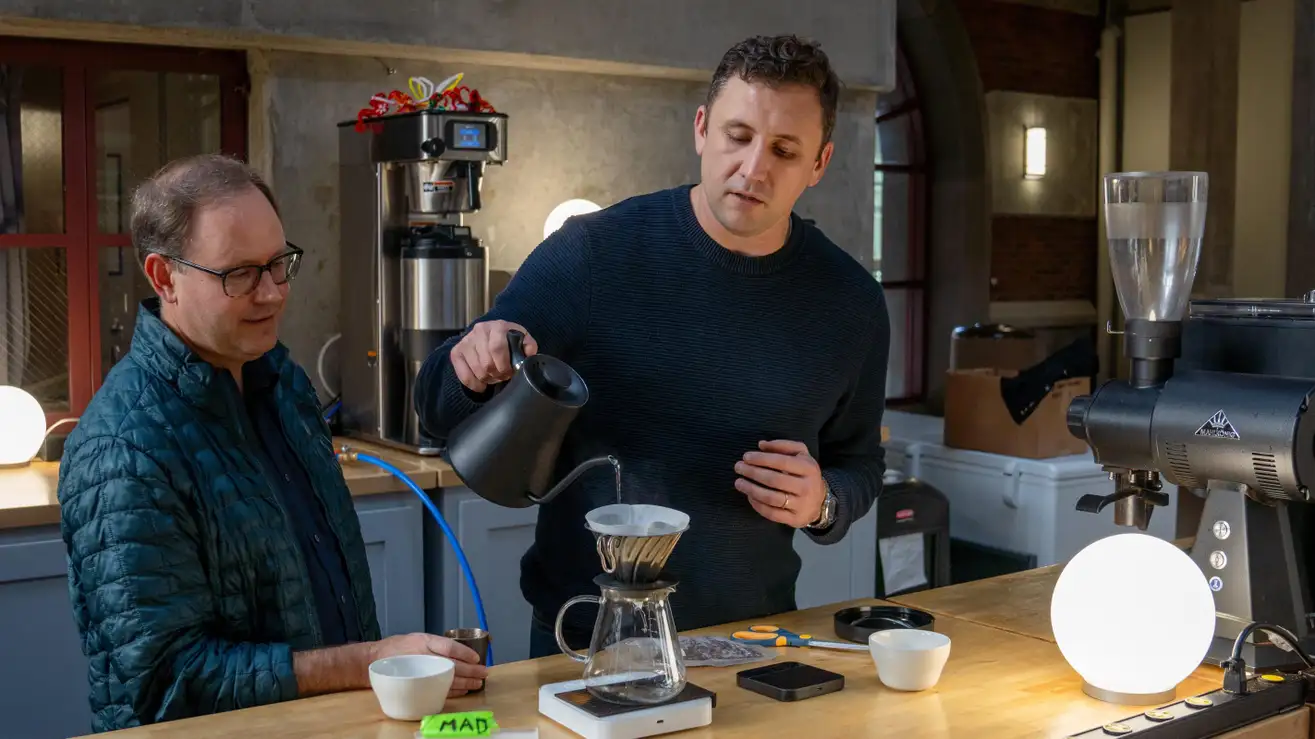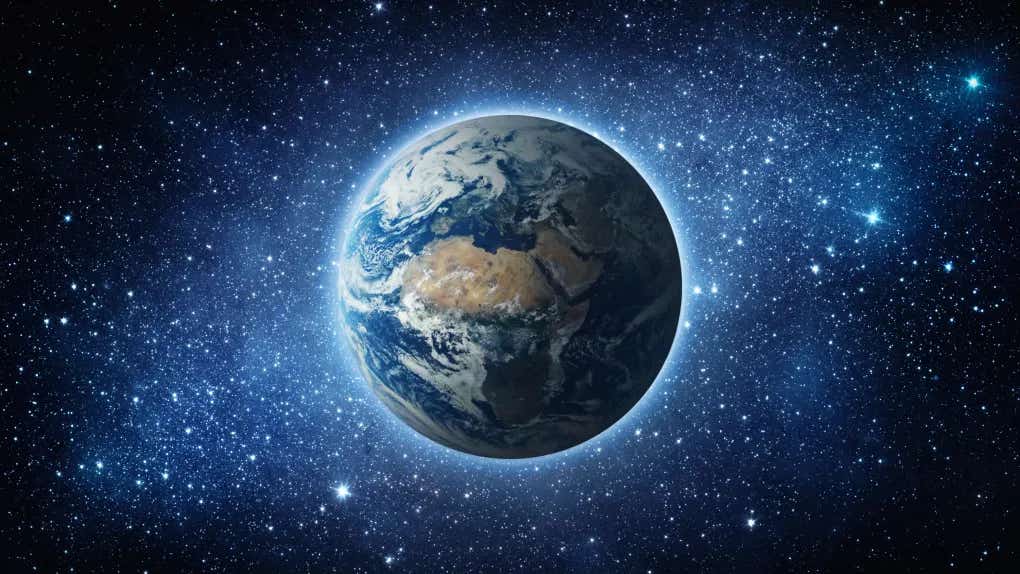This trick helps to make a much better cup of coffee or espresso
Coffee aficionados, take note! Your morning ritual of grinding coffee beans may hold more secrets than you ever imagined.

Coffee aficionados, take note! Your morning ritual of grinding coffee beans may hold more secrets than you ever imagined. A recent study published in the journal Matter, delves into the electrifying world of coffee grinding, uncovering how the moisture content of coffee beans can revolutionize your coffee experience.
While the concept of static electricity during coffee grinding might seem trivial, its implications for coffee quality and the industry's economy are profound.
Coffee is a multi-billion dollar industry, contributing significantly to the global economy. In the United States alone, it accounts for 1.5% of the Gross Domestic Product (GDP), with an estimated worth of $343.2 billion. Thus, any breakthrough that can enhance the quality of coffee while reducing waste can have substantial economic consequences.
The Science Behind Your Morning Cup
The study, led by senior author Christopher Hendon, a computational materials chemist at the University of Oregon, explores the phenomenon of static electricity generation during coffee grinding.
Related Stories
Hendon collaborated with volcanologist Joshua Méndez Harper from Portland State University, who drew parallels between the electrification processes in volcanic eruptions and coffee grinding.
When magma erupts, it breaks into fine particles that rub against each other, generating electrical charges akin to the process of grinding coffee beans.
To investigate the factors influencing static electricity during coffee grinding, the researchers conducted a comprehensive study.
They analyzed various commercially available and in-house roasted coffee beans, considering factors such as country of origin, processing method (natural, washed, or decaffeinated), roast color, and moisture content. Additionally, they examined the impact of grind coarseness on static electricity production.
Surprisingly, the researchers found no correlation between static electricity and the coffee's country of origin or processing method. Instead, they identified associations between electrification and moisture content, roast color, and particle size.
Coffee with higher internal moisture content produced less static electricity. Moreover, when coffee was ground coarsely, less electricity was generated.
The roast color also played a significant role, with light roasts generating less charge, primarily in a positive manner, while darker, drier roasts charged negatively and produced more overall charge. Dark roast coffees also yielded finer particles when ground at the same setting as their light counterparts.
Brewing Better Coffee with Water
One of the most exciting findings of the study is that adding a small amount of water to coffee beans immediately before grinding can significantly impact the quality of your brew.
According to Hendon, "Moisture, whether it’s residual moisture inside the roasted coffee or external moisture added during grinding, is what dictates the amount of charge that is formed during grinding."
When researchers compared espresso made from coffee beans ground with or without a splash of water, they observed striking differences. Grinding with water resulted in a longer extraction time and a more robust brew.
Additionally, espresso shots prepared using the wet grinding method exhibited greater consistency from shot to shot, addressing a significant challenge faced by baristas and industrial coffee brewers.
Although the study primarily focused on espresso preparation, the benefits of grinding with water extend to other brewing methods. Hendon explains, "The central material benefit of adding water during grinding is that you can pack the bed more densely because there’s less clumping."
This advantage is particularly noticeable in brew formats where water is poured over the coffee or in small percolation systems, such as stovetop Bialetti, but less applicable to methods like the French press, where coffee is submerged in water.
Implications Beyond Your Morning Brew
The groundbreaking research on coffee grinding and static electricity isn't limited to the world of caffeine enthusiasts. It has far-reaching implications for material science, geophysics, and engineering.
Electrification of granular materials is a topic of active research in these fields, and the parallels drawn between coffee grinding and volcanic eruptions may shed light on phenomena like landslides, eruptions, and water percolation through soil.
Intriguingly, Hendon and Méndez Harper's interdisciplinary collaboration showcases the potential for innovative research and problem-solving that transcends the boundaries of scientific disciplines.
As Méndez Harper puts it, "It’s sort of like the start of a joke—a volcanologist and a coffee expert walk into a bar and then come out with a paper," but the insights gained from such collaborations can help unravel complex problems in various domains.
This research underscores the interconnectedness of scientific disciplines and highlights the potential for cross-disciplinary collaborations to yield unexpected insights and solutions. So, the next time you savor your freshly brewed cup of coffee, remember that science, just like that first sip, holds boundless surprises waiting to be discovered.
Note: Materials provided by The Brighter Side of News. Content may be edited for style and length.
Like these kind of feel good stories? Get the Brighter Side of News' newsletter.
Rebecca Shavit
Science & Technology Journalist | Innovation Storyteller
Based in Los Angeles, Rebecca Shavit is a dedicated science and technology journalist who writes for The Brighter Side of News, an online publication committed to highlighting positive and transformative stories from around the world. With a passion for uncovering groundbreaking discoveries and innovations, she brings to light the scientific advancements shaping a better future. Her reporting spans a wide range of topics, from cutting-edge medical breakthroughs and artificial intelligence to green technology and space exploration. With a keen ability to translate complex concepts into engaging and accessible stories, she makes science and innovation relatable to a broad audience.



